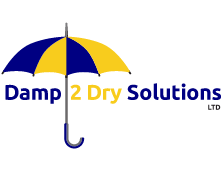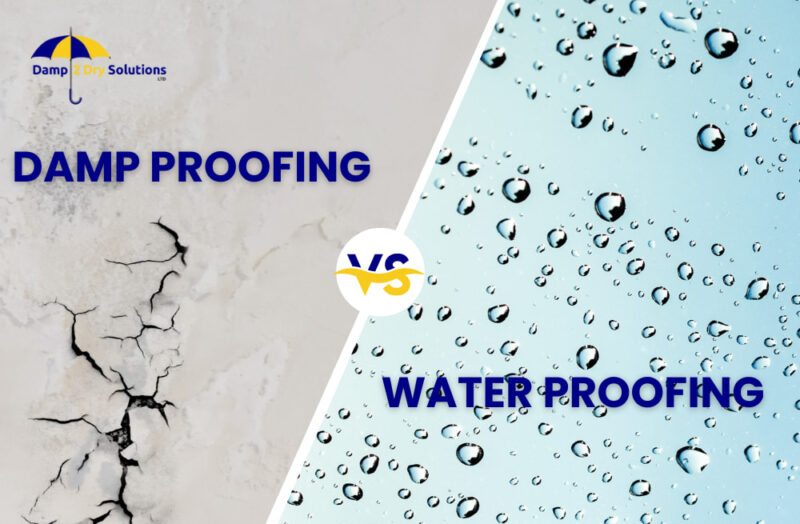Damp proofing vs Waterproofing: Which is Best for Your Building?
When building a home or property, you might come across the terms “damp proofing” and “waterproofing” quite often. It’s natural to wonder what the difference is between the two and whether one is better than the other. Some people even think that they are the same thing. If you’re feeling confused, don’t worry – it’s a common problem. In this blog post, we’ll explain the difference between damp proofing and Waterproofing so you can make an informed decision.
What is Damp proofing?
Water can sometimes cause damage to the lower levels of buildings like basements and foundations. To help prevent this, a process called damp proofing is often done.
Damp proofing is a way to deal with excess moisture in buildings. It involves applying certain materials or coatings on the outside of the building to prevent water from getting inside. Doing this slows down the movement of water vapour and helps keep the inside of the building dry and free from damage.
To understand damp proofing in more detail, let’s look at the benefits and drawbacks of this technique.
Benefits
- Better Moisture Control: Damp proofing helps regulate the movement of water vapour to prevent moisture buildup inside the building.
- Application Simplicity: Applying damp proofing materials is usually straightforward and requires simple tools and techniques.
- Treats Unpleasant Smells: Moisture creates an unpleasant or musty smell. Damp proofing treatment treats musty or bad odours in the building.
Drawbacks
- Limited Security: If you’re dealing with a lot of water or have a high water table, Damp proofing might not do the trick. It’s not meant to hold up against the pressure from standing or flowing water, so water might still find its way in.
- Openness to Physical Damage: Coatings or materials used in damp proofing treatment can get damaged during construction or regular use.
- Area-specific constraints: If your area is exposed to heavy rainfall or poor soil drainage, damp proofing may not be a suitable option for you.
What is Waterproofing?
Waterproofing is a treatment used to protect structures and surfaces from the penetration of liquid water. The primary goal of Waterproofing is to ensure that no liquid water can penetrate the structure and cause damage. Waterproofing systems are designed to withstand hydrostatic pressure.
Let’s look at some of its benefits and drawbacks:
Benefits
- Durability: Waterproofing guarantees that the structure stays in excellent condition over time by preventing water-related damage, which lowers the need for expensive repairs or upgrades.
- Water Damage Protection: Waterproofed property is a wise investment. Proper Waterproofing can prevent water-related problems and save you from costly repairs.
- Property value: Waterproofed homes ensure the overall security and value of your home. This results in increased value of your property.
Drawbacks
- Maintenance: Over time, the surface protective layer can wear down and show signs of damage. It’s important to check for any issues and address them as needed regularly.
- Installation: It’s important to have the right expertise for proper installation when it comes to waterproofing systems. These systems can be complex, so it’s best to seek professionals to get the job done right.
- Installation problems: If your building needs waterproofing, it could disrupt your daily activities. You may need to temporarily move out while the work is being done, depending on how much needs to be done.
Damp proofing vs Waterproofing: Major differences
There are different ways to prevent moisture and water from getting inside buildings. Damp proofing is one method that stops moisture and water vapour from seeping through walls and floors. On the other hand, Waterproofing is used to prevent liquid water from getting inside the structure. Depending on the situation, it’s important to use the correct method to keep everything dry and protected.
You may have come across the term hydrostatic pressure before. It’s the force exerted by water or other fluids caused by its weight and gravity. It’s a concept that relates to how water can push against objects or surfaces.
Moisture problems are a common concern in every second home. To treat moisture, damp proofing and waterproofing treatments are widely used. Despite the similarities, there is one common difference between the two treatments.
Simply put, the main difference between Damp proofing and Waterproofing is:
- Damp proofing handles any moisture that might be present.
- Waterproofing treats moisture along with liquid water.
Materials used in Damp proofing
Damp proofing is done with different materials and products. The material depends on the structure’s quality and state. Here are some common materials of damp proofing:
Asphalt-based Coatings
- Known as bitumen or asphalt emulsions
- Applied to the exterior surfaces of the building
- Forms a continuous waterproofing layer
Damp proofing sealants
- Silicone or polyurethane-based solutions
- Used to seal joints, cracks or gap
- Assists in preventing moisture vapour intrusion through tiny holes
Liquid Membranes
- Made of rubberised asphalt or modified bitumen
- Forms a flexible and seamless barrier against moisture
- Sprayed or rolled onto the surface
Vapour retarders
- Thin materials
- Designed to check the flow of water vapour
- Installed on the warm side of the building
Materials used in Waterproofing
There are different products used in waterproofing. Each has its own unique features and usage areas. We have mentioned a few materials below:
Waterproofing Membranes
- Specialised sheets or materials
- Made of rubberised asphalt, bitumen, and polyvinyl chloride (PVC)
- Installed on outer surfaces to create a continuous, strong, and waterproof covering.
Cementitious Waterproofing
- Use of cement-based coatings on surfaces like concrete or masonry
- Creates a waterproof barrier
- Fills the pores of the substrate
Liquid Waterproofing Coatings
- Known as elastomeric or polymer-based liquids
- Creates a smooth and protective coating
- Made from materials such as acrylics, polyurethanes, or modified bitumen.
Bituminous Waterproofing
- Known as asphalt coating
- Cover areas that are below the surface layer damp
- Highly sticky and waterproof material
Damp proofing vs Waterproofing: Which one should I Pick?
When it comes to protecting your home from moisture, you want to make sure you’re making the right choice. And while Damp proofing may seem like a good option, Waterproofing is also the way to go.
Here’s why: Waterproofing creates a barrier that completely blocks water from entering your home, while damp proofing simply slows down water movement.
This means that with waterproofing, you’re getting stronger protection against moisture and potential water damage. And let’s be honest. Nobody wants to deal with a leaky basement or a mouldy attic.
Did you know that waterproofing can save you a lot of trouble down the line? It’s true! By preventing moisture issues, you can avoid a lot of unnecessary work and expenses. So if you’re thinking about how to protect your building, waterproofing treatment is the way to go.
Conclusion
When it comes to protecting your home or building against water damage, choosing waterproofing over damp proofing is the clear winner. However both damp proofing and waterproofing provides enhanced protection, versatility, and longevity, offering a comprehensive solution to combat water intrusion.
It not only increases the value of your property but also proves to be a cost-effective investment in the long run. Don’t compromise on the quality of protection—choose waterproofing for the ultimate peace of mind.
Are you struggling with dampness in your home but don’t know where to begin? No need to stress, Damp2dry Solutions is here to help with all types of damp issues. We treat all types of damps and provide effective damp solutions for your home. Contact us to book your damp appointment.



